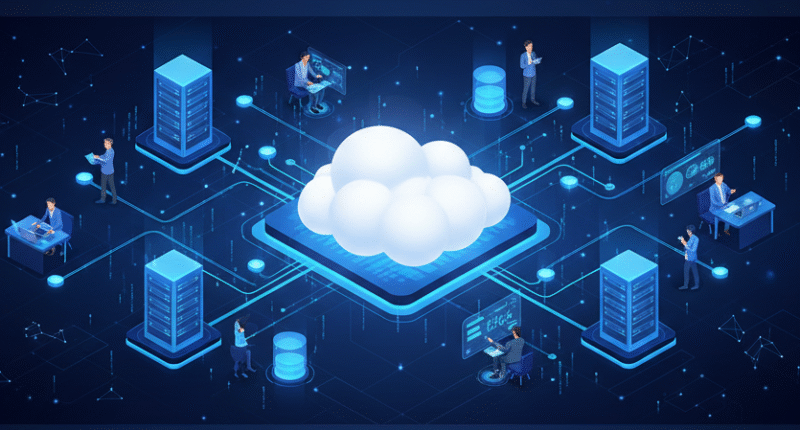Cloud computing has revolutionized how businesses and individuals store, access, and manage data by delivering computing services over the internet. This technology has fundamentally transformed the digital landscape, enabling unprecedented flexibility, scalability, and cost-efficiency across industries.
What is Cloud Computing?
Cloud computing provides on-demand access to computing resources including servers, storage, databases, networking, software, and analytics through the internet. Instead of owning physical infrastructure, users can rent computing power and storage from cloud service providers, paying only for what they use. This model has eliminated the need for substantial upfront investments in hardware and reduced the burden of maintaining complex IT infrastructure.
Key Benefits of Cloud Computing
Cost Efficiency and Scalability
Organizations can significantly reduce capital expenditures by eliminating the need to purchase and maintain physical servers. Cloud computing operates on a pay-as-you-go model, allowing businesses to scale resources up or down based on demand. This flexibility ensures companies only pay for the computing power they actually need, optimizing operational costs.
Enhanced Collaboration and Accessibility
Cloud-based applications enable seamless collaboration by allowing teams to access files and applications from anywhere with an internet connection. This accessibility has become crucial in supporting remote work environments, enabling real-time collaboration across geographical boundaries and time zones.
Improved Security and Data Recovery
Leading cloud providers invest heavily in security measures, often surpassing what individual organizations can implement. Advanced encryption, regular security updates, and automated backup systems protect data from breaches and disasters. Cloud-based disaster recovery solutions ensure business continuity by maintaining multiple copies of data across different locations.
Types of Cloud Services
Infrastructure as a Service (IaaS)
IaaS provides virtualized computing resources over the internet, offering the highest level of flexibility and control. Organizations can rent servers, storage, and networking capabilities, managing their own applications and data while the provider handles the underlying infrastructure.
Platform as a Service (PaaS)
PaaS delivers a complete development and deployment environment, allowing developers to build, test, and deploy applications without managing underlying infrastructure. This service accelerates development cycles and reduces complexity.
Software as a Service (SaaS)
SaaS applications are delivered over the internet on a subscription basis. Users can access software through web browsers without installation or maintenance responsibilities, with popular examples including email services, customer relationship management tools, and productivity suites.
The Future of Cloud Computing
Cloud computing continues to evolve with emerging technologies like artificial intelligence, machine learning, and edge computing. Hybrid and multi-cloud strategies are becoming standard as organizations seek to optimize performance, avoid vendor lock-in, and meet specific compliance requirements. As digital transformation accelerates, cloud computing remains the foundation for innovation, enabling businesses to adapt quickly to changing market demands and technological advancements.










1 comment
Cloud-based technology has been for a while in IT profession. And will also be evolving in near future as AI quickly expanded in different areas.